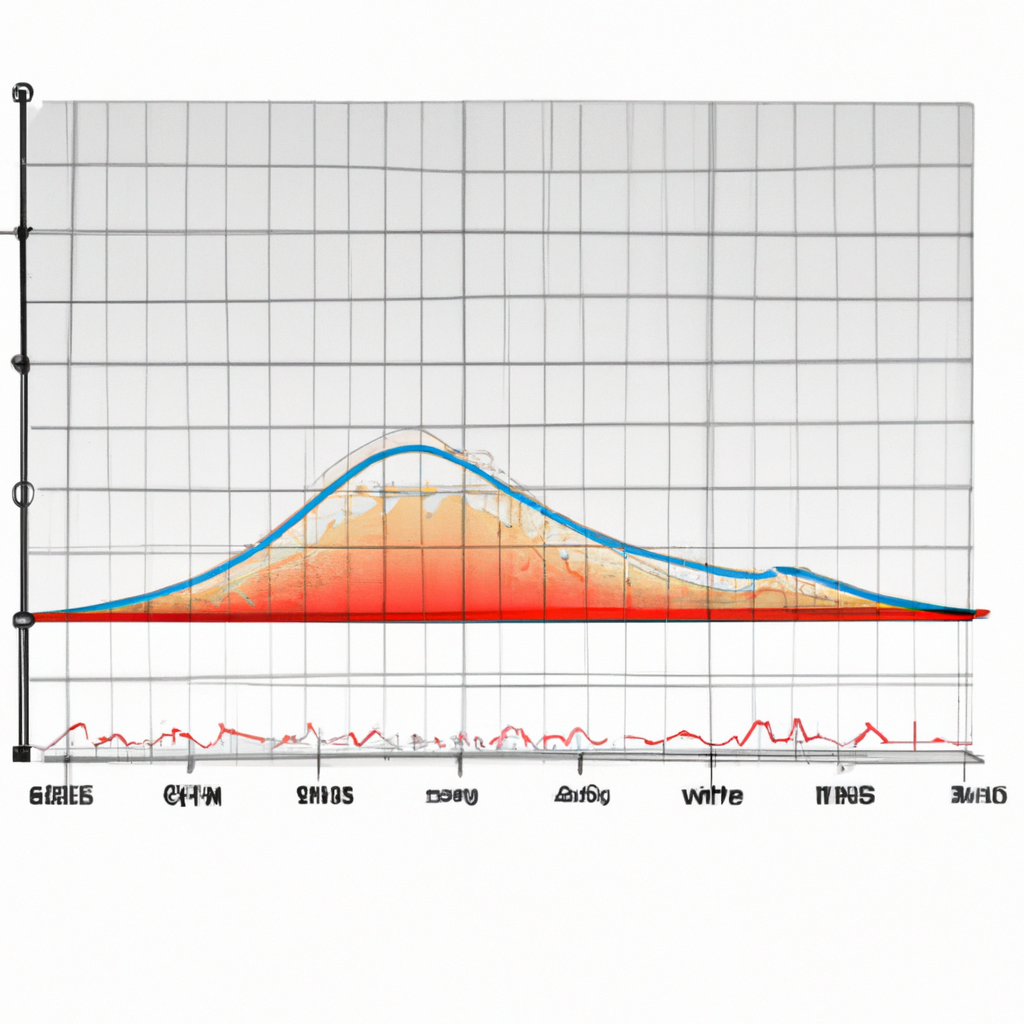Understanding MACD Histogram Interpretations
The Moving Average Convergence Divergence (MACD) histogram is a popular technical indicator used by traders to identify potential trend changes and momentum shifts in the market. The MACD histogram is derived from the MACD line and signal line, which are both calculated using moving averages. By analyzing the MACD histogram, traders can gain insights into the strength of a trend and potential entry or exit points for their trades.
Interpreting Positive and Negative Histogram Bars
Positive histogram bars on the MACD indicate that the MACD line is above the signal line, suggesting bullish momentum in the market. The larger the positive histogram bars, the stronger the bullish momentum. Traders may look for buying opportunities when they see increasing positive histogram bars, as it indicates a potential uptrend.
On the other hand, negative histogram bars on the MACD indicate that the MACD line is below the signal line, suggesting bearish momentum in the market. The larger the negative histogram bars, the stronger the bearish momentum. Traders may look for selling opportunities when they see increasing negative histogram bars, as it indicates a potential downtrend.
Identifying Divergence with the Price
One of the key uses of the MACD histogram is to identify divergence between the MACD histogram and the price action. Divergence occurs when the price is moving in one direction, while the MACD histogram is moving in the opposite direction. This can be a signal of a potential trend reversal or continuation.
For example, if the price is making higher highs, but the MACD histogram is making lower highs, it could indicate weakening bullish momentum and a potential trend reversal. Conversely, if the price is making lower lows, but the MACD histogram is making higher lows, it could indicate strengthening bullish momentum and a potential trend continuation.
Using Histogram Crossovers for Entry and Exit Points
Another way to interpret the MACD histogram is to look for crossovers between the histogram bars and the zero line. When the histogram bars cross above the zero line, it indicates a shift from bearish to bullish momentum, signaling a potential buying opportunity. Conversely, when the histogram bars cross below the zero line, it indicates a shift from bullish to bearish momentum, signaling a potential selling opportunity.
Traders can use these histogram crossovers as entry and exit points for their trades, along with other technical indicators and analysis. It’s important to consider the overall market conditions and trends when using the MACD histogram for trading decisions.
Conclusion
The MACD histogram is a versatile technical indicator that can provide valuable insights into market trends and momentum shifts. By understanding how to interpret the MACD histogram, traders can make more informed trading decisions and potentially improve their overall trading performance. It’s important to use the MACD histogram in conjunction with other technical analysis tools and to consider the broader market context when making trading decisions.


